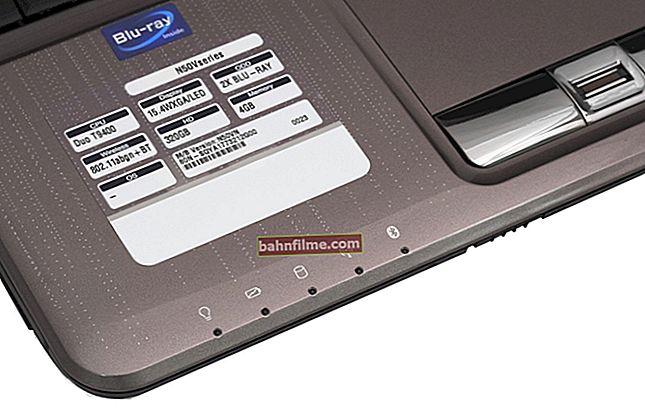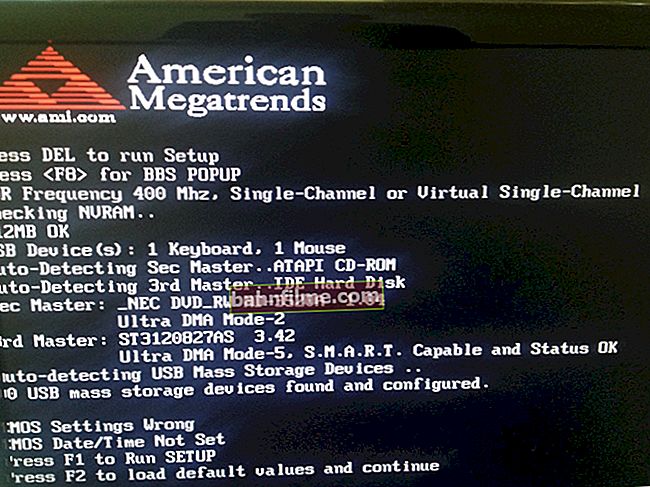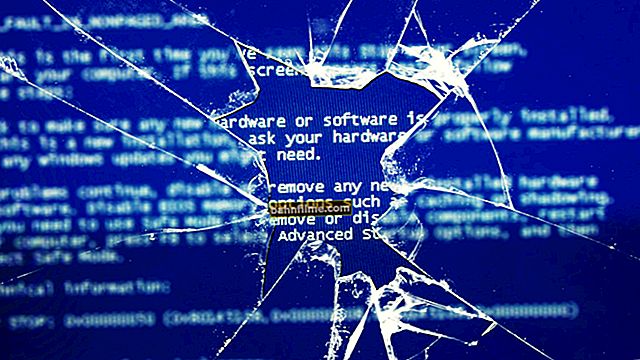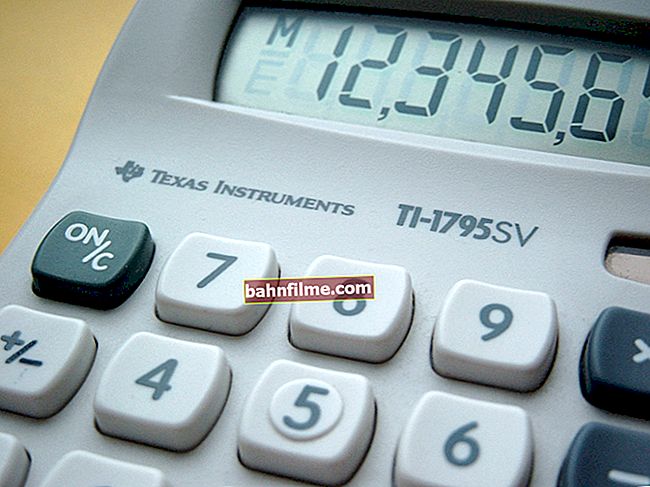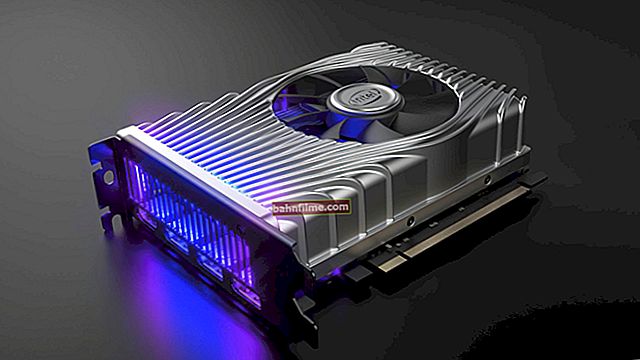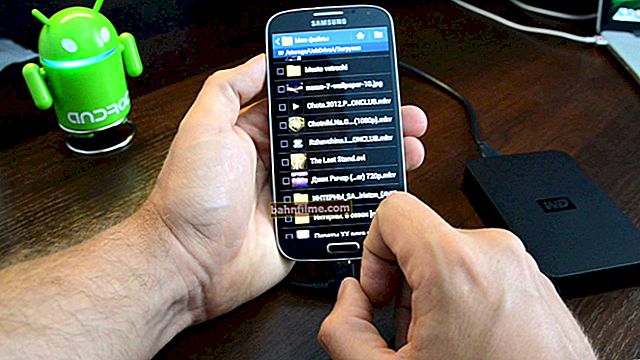 Good afternoon!
Good afternoon!
On HP laptops, the BIOS entry is somewhat non-standard (if on most devices the F2 or Delete buttons are used, then they have ESC). Moreover, this often happens through add. system menu. This is probably why not every user is able to immediately deal with this issue ...
In addition, one more point is also worth noting: the year the device was released. Depending on this, the login process can "subdivide" into a couple of more options. In general, everything is somewhat confusing  ...
...
Perhaps it's time to finish the introduction, and go directly to the solution of the issue. So...
*
Multiple BIOS entry options on HP
1) If you are dealing with a relatively new device (~ release after 2013)
If your laptop is new, then when you turn on any boot screen, it will not show ( approx. : on older devices, after turning on, a boot screen with keys to enter the BIOS was shown). Like it or not, but now there is such a tendency of manufacturers (including HP): to load Windows as quickly as possible and present the user with the opportunity to switch to work with the OS (and, as a rule, because of this, it is impossible to enter the BIOS / UEFI).
Therefore, immediately after pressing the power button, press the key in sequenceESC (repeatedly!) . A system menu should appear (as in the photo below) with several options (note: to enter the BIOS, you need to press F10) :
- F1 - view system information;
- F2 - diagnostics;
- F9 - view the boot menu;
- F10 - entry into BIOS / UEFI settings (what we need!);
- Enter - continue booting (Windows).

System menu on HP laptop (called by the Esc key)
Addition!
If you do not have time to press the ESC button before Windows boots, then you can hold down the ESC button before turning on the laptop (and hold it until the system menu appears).
By the way, also on some laptop models, you can press the F10 key immediately after switching on (i.e. enter the BIOS without an intermediary in the form of a system menu).
2) If your laptop is already old enough ...
In this case, immediately after switching on, you should display a boot screen (it, most often, contains a button to enter the BIOS settings menu). The photo below shows a couple of options (in one case, the key is used to enter F10, in a different ESC).
Note! I also note that on laptops manufactured before about 2008, the button can be used to enter the BIOS. Delete.

Loading screen on HP
3) If you have Windows 10 installed ...
In this case, you can enter the BIOS without pressing any system buttons at all (however, the method is good if your system boots and you can open its parameters).
And so, first open the START menu and go to the system parameters (see screen below).

Settings (Windows 10, START menu)
Then open the section "Update and Security" , tab "Recovery" ... It should have a button "Restart now" (see special download options).

Recovery - reboot now
Next, your laptop will be restarted, in the menu that appears, select the option "Diagnostics" , after "Firmware parameters" ... Actually, here you are, entered the BIOS / UEFI settings (see screenshots below).

BIOS (HP Pavilion G6 Notebook)
4) Note!
F1, Delete, F11... Pay attention to these buttons as well. Some devices (mostly old ones) only support these keys to enter BIOS (when you press ESC - nothing happens on these laptops).
Specification... Pay attention to the documents (if, of course, they have been preserved) that came with the purchase of the laptop. They almost always contain such information.
Connect the device to the network... The fact is that some laptops do not allow entering the BIOS when running on battery power (I do not know if this was done on purpose, or a "glitch" ...).
To help!

I also recommend that you read a large article with tables for entering BIOS on devices from different manufacturers - //ocomp.info/kak-voyti-v-bios.html
*
Add-ons are welcome ...
Good luck!

